Newly renovated house: huge 'settling' cracks
conn123
14 years ago
Related Stories

CONCRETEWhy Concrete Wants to Crack
We look at the reasons concrete has a tendency to crack — and what you can do to help control it
Full Story
MODERN HOMESHouzz Tour: Double the Space for a Newly Modern Seattle Home
Breathing-room woes go out the window with an extensive remodel that adds a bedroom, a roof deck and an in-law apartment
Full Story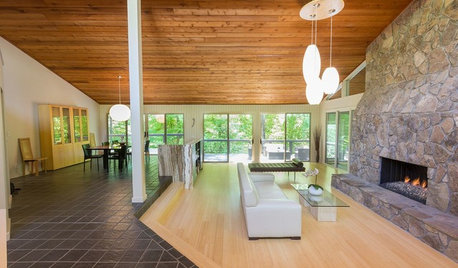
BEFORE AND AFTERSNewly Open Style Updates a Contemporary Atlanta Home
Sweat equity over seven years opens up a 1980s home for a Georgia couple who loves a challenge
Full Story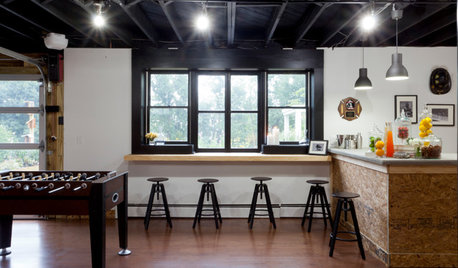
BASEMENTSBasement of the Week: Newly Finished and Open to the Outdoors
Relaxing, working, playing ... a New Jersey family can pick their pastime in this industrial-style walk-out leading to a new patio
Full Story
BATHROOM DESIGNHow to Settle on a Shower Bench
We help a Houzz user ask all the right questions for designing a stylish, practical and safe shower bench
Full Story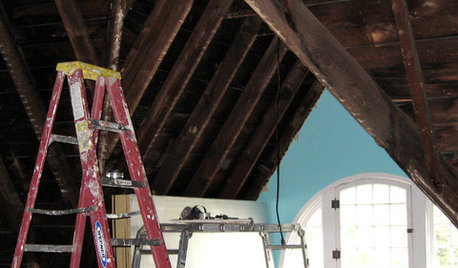
REMODELING GUIDES8 Lessons on Renovating a House from Someone Who's Living It
So you think DIY remodeling is going to be fun? Here is one homeowner's list of what you may be getting yourself into
Full Story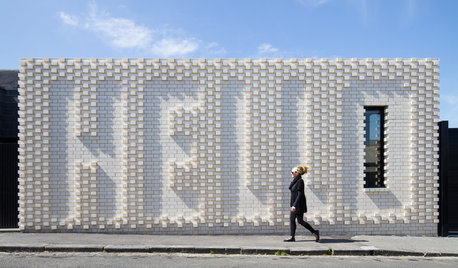
CONTEMPORARY HOMESHouzz Tour: A Creative Renovation Says Hello
A bland brick expanse at the street side of a corner house has become a very cool local landmark. All it took was a simple thought
Full Story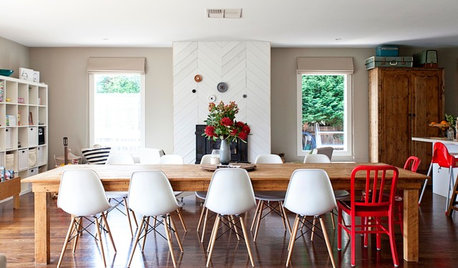
MY HOUZZMy Houzz: After Renovating, a Family Flips Over Its House
What started as a 'buy, renovate and flip' project turns into so much more for a creative family in Australia
Full Story
DECORATING GUIDESHouzz Tour: Lots of Love for a Lightened-Up 1909 Home
A family in Perth, Australia, lavishes attention on their historic house. Vintage furnishings fill the newly cheerful renovated space
Full Story
TRADITIONAL HOMESHouzz Tour: Redo Shines Light on 19th-Century Newport Beauty
The renovated Rhode Island home boasts gorgeous woodwork, an appealing wraparound porch and a newly spacious kitchen
Full Story






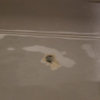
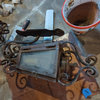
brickeyee
User
Related Professionals
Fish Hawk Handyman · Durham Kitchen & Bathroom Remodelers · Saint Helens Kitchen & Bathroom Remodelers · Turlock Kitchen & Bathroom Remodelers · Warren Kitchen & Bathroom Remodelers · Salem General Contractors · Ewing General Contractors · Milton General Contractors · Baileys Crossroads General Contractors · Birmingham Painters · Weston Painters · Asheville Painters · Dumont Painters · Lutz Painters · Red Bank Paintersjonnyp
sdello
hardwoodjoe